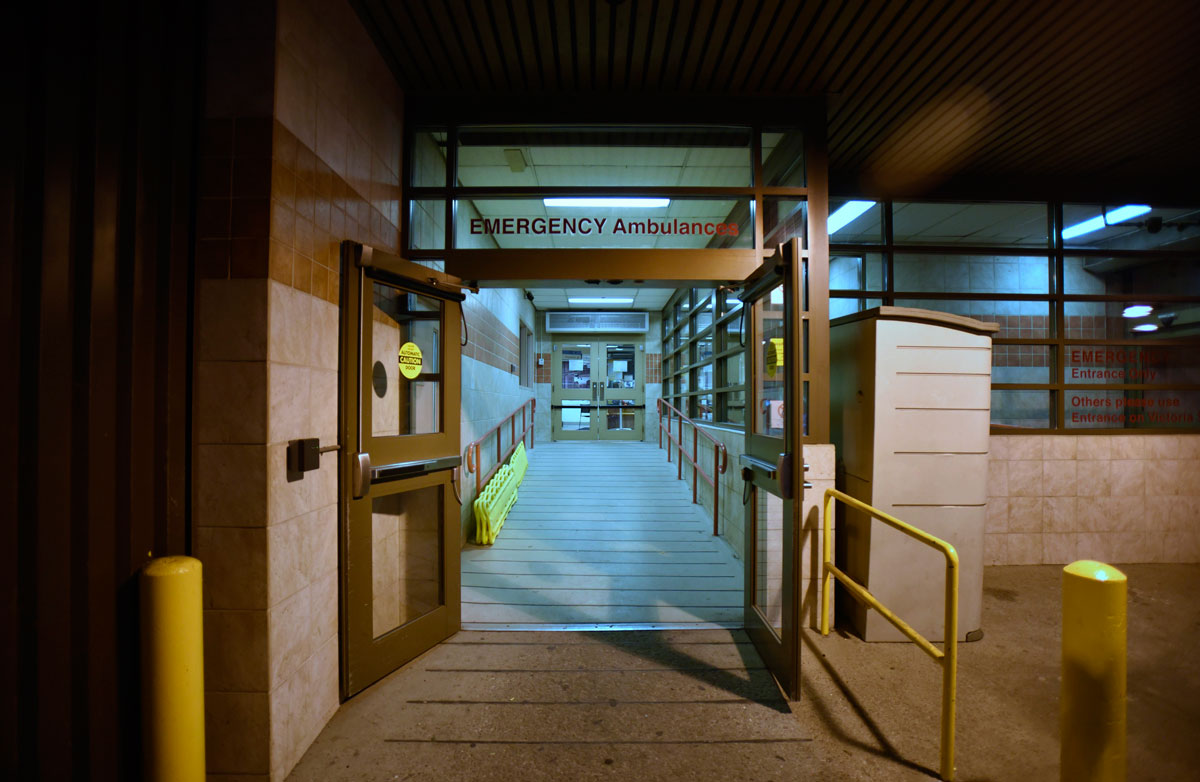Teens who present at an emergency department after having self-harmed are more likely than teens who have visited the hospital for other reasons to be readmitted or even die within a few years, a new study has found.

The study, published Monday in the Canadian Medical Association Journal, examined the health outcomes of 5,832 Ontario teens who visited the emergency room because of self-harm between 2011 and 2013. The study authors then compared that group to a group of teens who had visited the emergency room for other reasons and followed both groups over a five-year period.
“They were five times more likely to have a repeat visit to the emergency department. They were three times more likely to die over five years from any cause. They were eight times more likely to die by suicide. And the average cost, health-care cost over that period was $11,000 higher,” said study co-author Bill Gardner, a psychologist and researcher at the Children’s Hospital of Eastern Ontario (CHEO) and an assistant professor at the University of Ottawa.
He called the results “more than slightly troubling” because they indicate the children are not getting adequate care.
“It’s a pretty good sign that these lives are off the rails right now.”
It could be that the youth in question has a significant mental health problem, he said, adding: “Unfortunately, I don’t think our current health-care system is adequately staffed or resourced to handle the very large increase in self-harm cases that have been coming through.”

Self-harm is becoming increasingly common among teens. A previous study Gardner was involved in found that the number of teens who visited emergency rooms for self-harm had more than doubled between 2009 and 2017 to 4.2 visits per 1,000 youths.
Emergency room doctors aren’t generally trained to deliver mental health care, he said, and usually focus on treating acute harms like stitching up a wound or dealing with a poisoning case.
“You can’t really get mental health care, very much mental health care, at an emergency department,” he said. “For many mental health disorders, the best they can do is do an assessment, and then if the kid seems to need it, try to place the child or refer the child to some provider in their community.”
While doctors might recommend followup visits to a community mental health practitioner, that often doesn’t happen, Gardner said.
- Invasive strep: ‘Don’t wait’ to seek care, N.S. woman warns on long road to recovery
- Canadian man dies during Texas Ironman event. His widow wants answers as to why
- ‘Super lice’ are becoming more resistant to chemical shampoos. What to use instead
- Solar eclipse eye damage: More than 160 cases reported in Ontario, Quebec
“The best you may have is sort of a number for a community agency,” he explained. “The parents get these, they get the kid home, the kid the next day refuses to go see that clinician, and then followup care doesn’t happen.”
Having better mental health care in hospitals would help, as would having mental health practitioners in every community, he said. Right now, mental health services are concentrated in Toronto and Ottawa, leaving out much of the rest of the province.
Gardner would also like to see more up-to-date lists of resources and clinicians in every area, which medical professionals could use to make better referrals.
While he’s not sure why self-harm seems to be increasing, Gardner thinks economic pressure and social media might be contributors.
Making it harder to self-harm — for example, by limiting medication in the home so that teens can’t intentionally overdose — might make a difference, he said. In Denmark, for example, researchers seem to think that restricting the number of pills in a simple package of painkillers like Tylenol has helped to decrease the rates of teen self-harm.


Comments